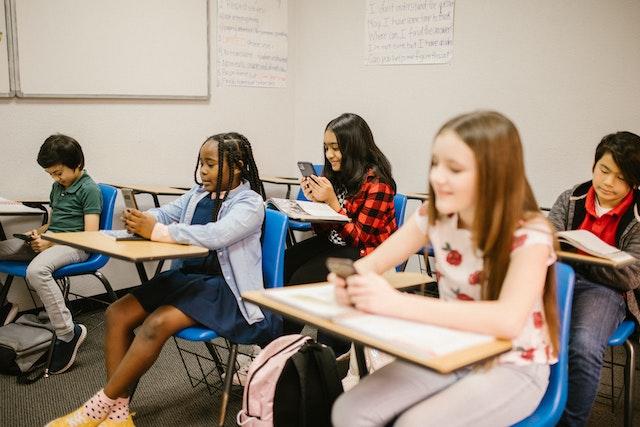Many schools are still stuck in the past, but it’s time to embrace the digital revolution. The world is changing, and the classroom needs to keep up. Students are growing up in a world where technology is ever-present, and it’s time for schools to start reflecting on that. One of the many innovations that the digital age has brought about is the smartphone. These are invaluable tools for students, and many schools have yet to catch up with this fact. Here are five reasons why students should use smartphones in school.
Five Reasons Why Students Should Use Smartphones in School
Staying organized
Staying organized is one of the big struggles that students regularly face in school. They have to manage so many different types of information, and tasks, and it can be overwhelming. A smartphone is a great tool for helping students keep track of their assignments, and upcoming tests, and even help them study. A good smartphone like the HONOR Magic 5 5g can effortlessly keep up with busy lives and allows them to seamlessly store and organize all their work and information in one convenient place. With plenty of productivity and note-taking apps available, students can efficiently manage their time and schedule both in and outside of school.
Doing research conveniently
Students are often required to do research for their classes. With a smartphone, students can conveniently do research and access the internet to look up information on topics that are being discussed in class. This can be helpful when students are trying to understand a difficult topic or if they need help understanding how to do something.
Efficient communication
Smartphones provide some of the most essential and efficient forms of communication for a student. It allows students to stay in contact with their teachers and classmates, as well as their parents. Students can easily send out messages, emails, or text messages to any of these important people in their lives. This is particularly helpful for keeping students up to date with the activities and any changes in schedule at school, and can even be a way for keeping parents up to date on their child’s progress.
Enhanced collaboration
Speaking of communication, smartphones can also be a great tool for collaboration. A smartphone allows students to share information with their classmates, ask questions, and maintain a running chat about what they’re learning. They can collaborate with other classmates on projects like group research papers by using messaging apps and cloud-based applications like Google Drive. Students can use collaboration apps as a common place to store all of the information they’re collecting and organizing so that everyone involved in the project has access to it without having to worry about losing it or forgetting where they put it.
Portable and independent learning
One of the most important benefits of using mobile devices in the classroom is their ability to help students learn on their own, at any time and anywhere. This is especially true for students who might not have access to traditional educational resources, such as libraries or computers. With a smartphone or tablet, they can use the internet to find information that they need and learn new skills without waiting for their teacher’s permission. Mobile learning also allows students to take their work with them and continue learning outside of the classroom, which is especially for students who might happen to have questions but don’t have the opportunity to see their teacher.
Conclusion
Smartphones can be great tools for students, as long as they’re used responsibly. It’s also important to remember that technology is not a substitute for real-world learning, but it should be used as a learning aide to enhance the classroom experience by helping students learn more efficiently through a flexible and interactive medium.


0 Comments